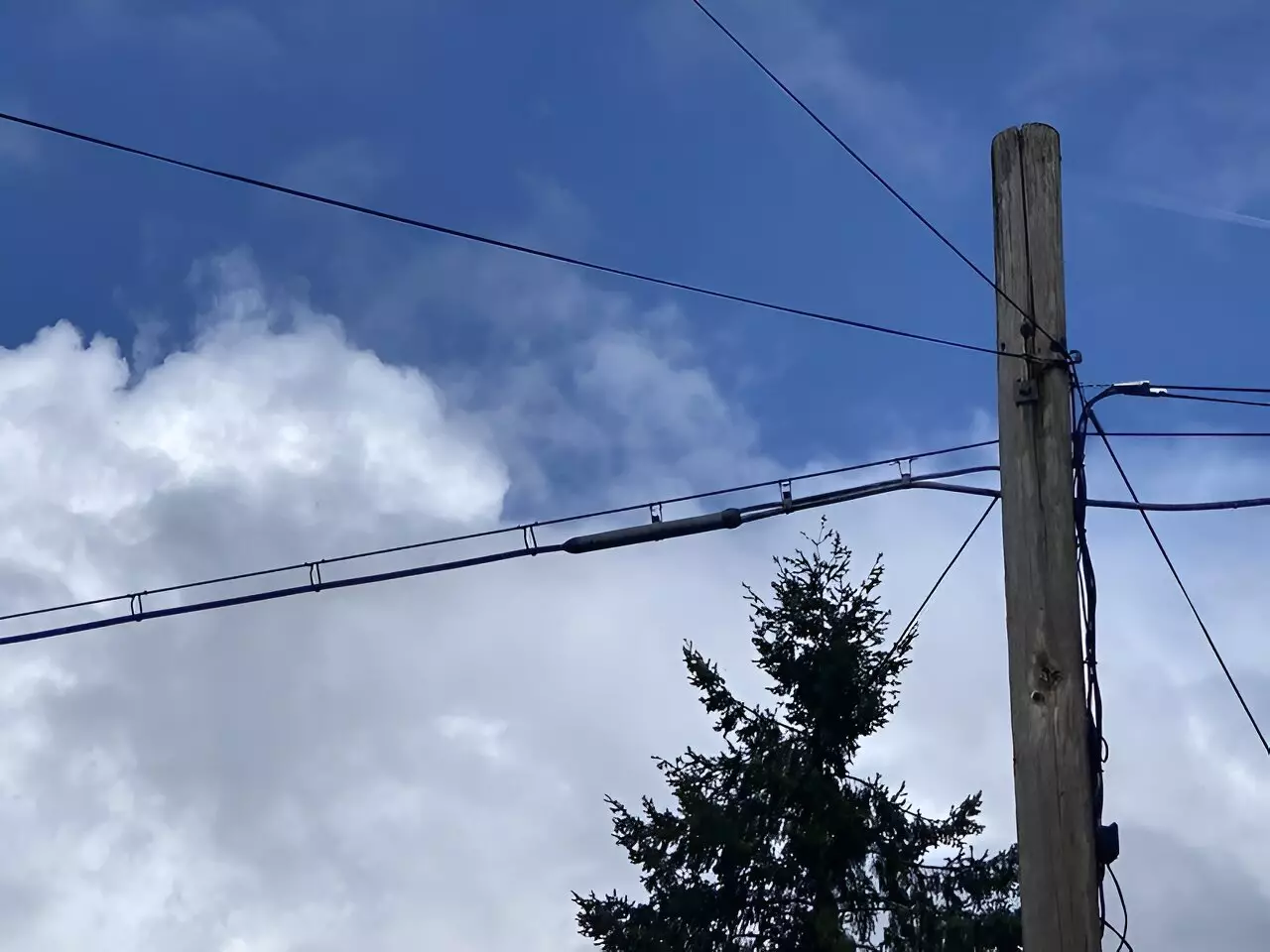Lead Contamination in Older Neighborhoods
Lead contamination in urban moss has been a growing concern, especially in older neighborhoods in Portland, Oregon. A recent study conducted by Alyssa Shiel, an environmental geochemist at Oregon State University, revealed that lead levels in moss from older Portland neighborhoods can be as much as 600 times higher than in nearby rural areas. This is alarming considering the detrimental effects of lead exposure, particularly in children, which can lead to developmental delays, learning difficulties, and behavioral issues.
Lead in Moss: An Air Monitoring System
Moss growing on trees in urban areas serves as an effective air monitoring system due to its ability to collect contaminants that settle out of the air. This makes it a valuable tool for researchers like Shiel to understand what is being picked up in the air we breathe. The study aimed to better understand urban lead levels and identify potential sources of lead contamination.
Role of Leaded Gasoline and Telecommunications Cables
Chemical analysis indicated that leaded gasoline, which was banned in the United States nearly three decades ago, continues to persist in the environment. However, the study found that some older neighborhoods in Portland showed significantly higher concentrations of lead. Further investigation revealed a possible link between lead levels in moss and the presence of lead-sheathed telecommunications cables in these neighborhoods.
Impacts of Lead Cables on Environmental Lead Levels
Neighborhoods with lead cables were found to have more than two times higher lead levels than those without lead cables, and more than 38 times higher than samples from rural areas. The highest concentrations of lead were observed in samples collected within one meter of a lead cable, indicating that lead from the cables may be leaching into the soil and vegetation. This can pose a serious health risk, as contaminated soil can become airborne, spreading lead to areas beyond the immediate vicinity of the cables.
Need for Further Research and Recommendations
Shiel emphasized the need for more research to determine the extent of lead migration from the cables and its potential impact on public health. She also recommended that residents in neighborhoods with lead cables or a history of lead cable presence avoid interacting with or disturbing the soil in those areas. Additionally, Shiel has developed a website with a map outlining the age of different neighborhoods and information about potential lead contamination to help residents identify if their neighborhood has or had lead cables.
Other Sources of Lead Exposure
While the study focused on lead levels in urban moss, Shiel highlighted that other sources of lead exposure, such as household dust and soil containing lead from lead-based paints, should not be overlooked. It is crucial for parents to discuss lead testing with their child’s health provider, especially if they are at risk for lead exposure. The Centers for Disease Control and Prevention recommend testing all children at risk for lead poisoning to prevent long-term health effects.
The study sheds light on the significant impact of lead-sheathed telecommunications cables on environmental lead levels in urban areas. The findings underscore the importance of further research to mitigate the risks associated with lead exposure and safeguard public health. It is essential for policymakers, health authorities, and residents to take proactive measures to address lead contamination and protect the well-being of individuals, particularly children who are most vulnerable to the harmful effects of lead exposure.


Leave a Reply